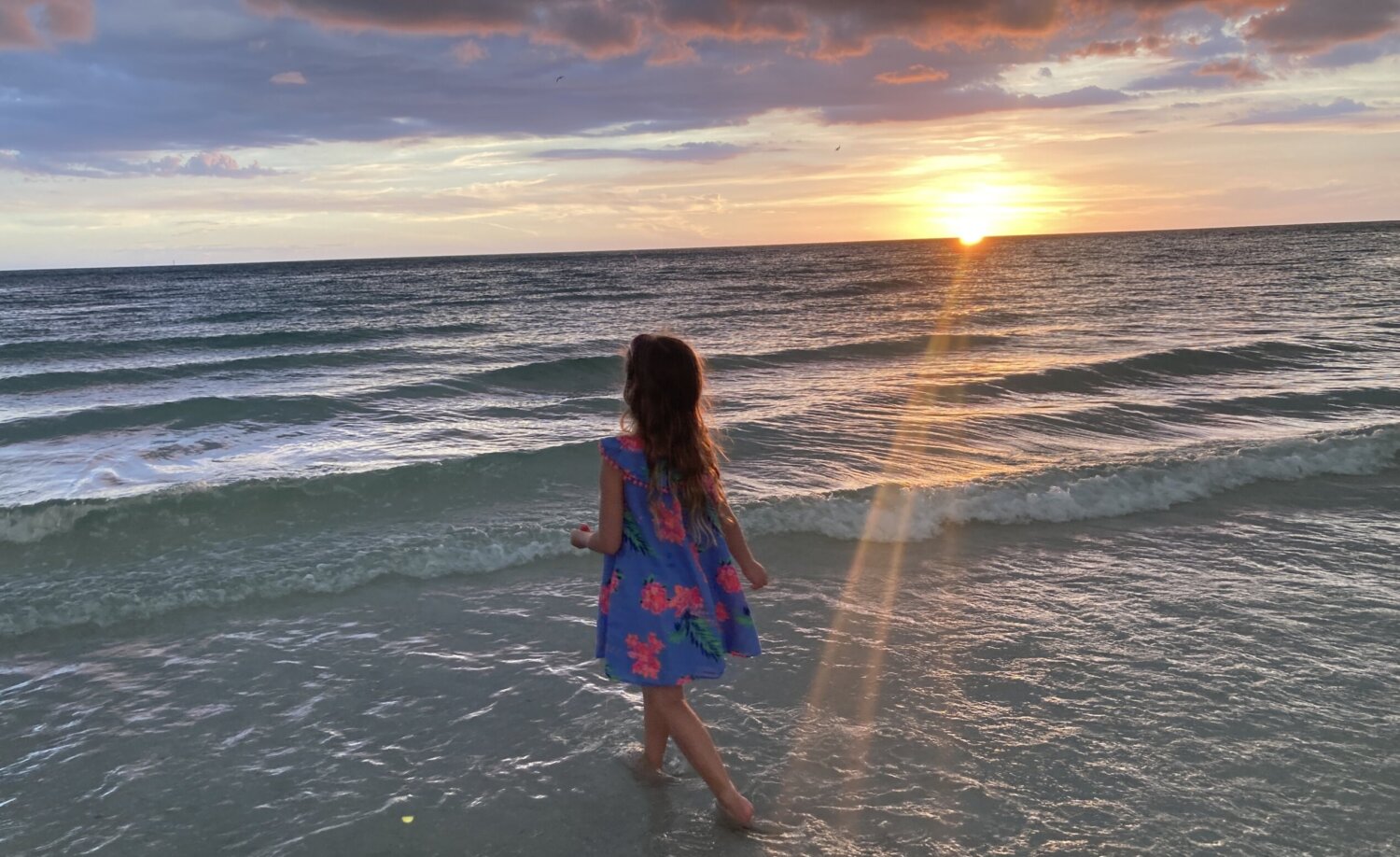* Please note that ratings are regarding the venues themselves and not the company! In this case we all LOVED having family join us for the first half of the day.
This was the most boring day of our life. We tell all kids to tell their parents to never take them here! The grave vaults in St John’s cathedral were creepy, boring and gross. The Caravaggio painting with St John’s beheading was gross and inhumane. The war museum was an information overload. There was too much walking and it was way too hot. The highlight of the day was buying Maltese fans so we could cool ourselves!
Our Parents made us put this in:
So as you can see our girls didn’t have a great time. It was a hot day and we did walk several miles in the heat, which certainly influenced their opinion. The ground is hard stone which is not kind to your feet, so it is important to wear your most comfortable shoes. We started at the gate to Valetta which is modern and therefore controversial. We then walked by the parliament buildings and to the upper Barrakka gardens. After a coffee and ice cream break, we went to St John’s cathedral. There we did the audio tour and found the history fascinating. The grave vaults that line the floors are artistic and unique. The Caravaggio paintings were stunning.
Next we walked down the hill to the War Museum. The layout was confusing as we didn’t receive a map or any directions on where to go. It starts outside with great views over the ocean and provides a historical account of the city. Later it goes inside and recounts history through WW2 and to present times. Finally after the museum we walked to the lower Barakka gardens. In our opinion the history of Malta is one of the most fascinating aspects of visiting this amazing country, and this day provided the best history lesson we had during our one-week visit.
We arrived at around 10:30 a.m. and it was already hot. Then we pushed through the day until about 6 p.m. If we had to do it again we would break it up into two mornings, getting there as early as possibly each day. St John’s Cathedral on one morning and the museum on another morning. Then spend both afternoons near cool water, either poolside or at one of the great beaches in the area. This might be different if it were cooler, but either way there was too much information for our girls to absorb in a single day.
Some history if you are interested:
Valletta, the capital city of Malta, has a rich and fascinating history. It was founded in 1566 by the Knights of St. John, also known as the Knights Hospitaller, who were a Catholic military order. The construction of the city was overseen by the French architect Francesco Laparelli.
The city was named after Jean Parisot de la Valette, the Grand Master of the Knights of St. John at that time. Valletta was strategically located on a rocky peninsula and designed as a fortified city to serve as a stronghold against potential Ottoman attacks.
During the Great Siege of Malta in 1565, the Knights successfully defended the island from a massive Ottoman invasion, solidifying the importance of their new capital city. Valletta became a symbol of Christian resistance against the Ottoman Empire.
Throughout the following centuries, Valletta witnessed various rulers and changes in power. The French occupied Malta in 1798 under Napoleon Bonaparte’s rule, but the British eventually gained control in 1800 and maintained it until Malta gained independence in 1964.
Valletta’s historical significance and architectural beauty led to its designation as a UNESCO World Heritage Site in 1980. Today, Valletta remains a vibrant city, blending its rich past with modern developments and serving as the cultural and administrative hub of Malta.































